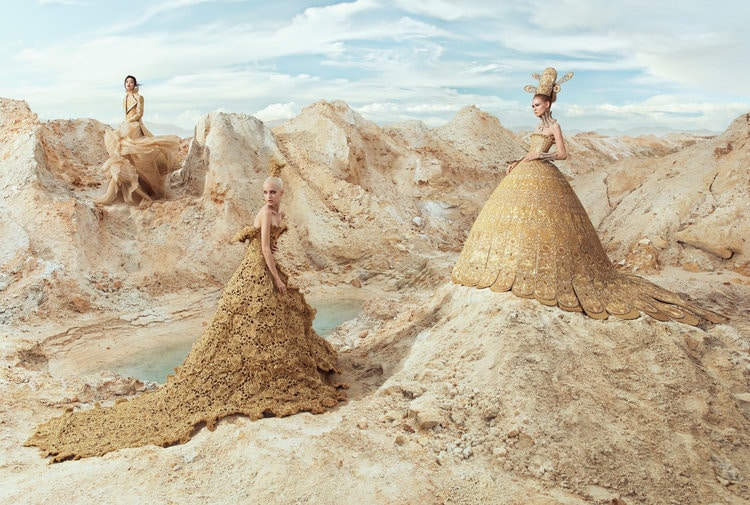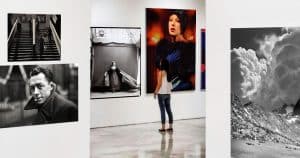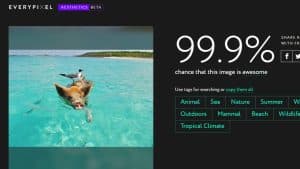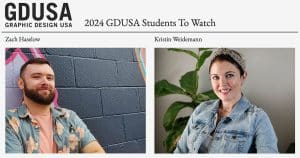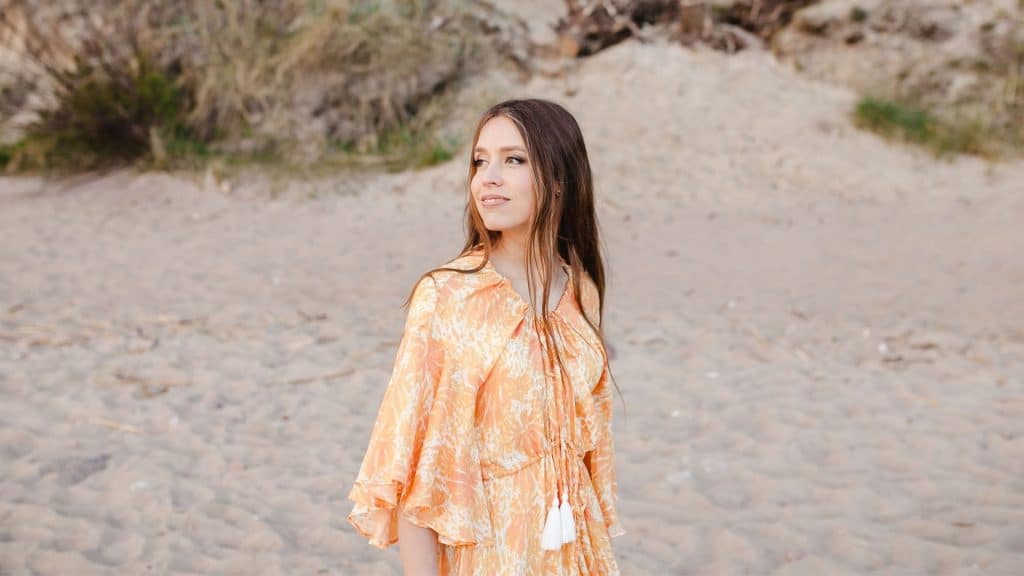
We interview distinguished artists and designers to explore their work and uncover the secrets of their creative process.
Lina Skukauskė is a freelance lifestyle and hospitality photographer with a passion for telling visual stories. Born in Lithuania, Lina is currently living and working in Munich, Germany. When she’s not shooting and editing photos, you can find her running, exploring the great outdoors, dreaming up creative vegetarian cuisine, or enjoying the warmth of her sunny balcony with her two Cornish Rex cats and a cup of jasmine tea.
Q: A lot of our readers are aspiring designers, or are just starting out in art and design careers. How did you get your start in photography?
Thank you for having me here! Actually, I never planned to be a photographer. My interest in photography started when I was about 16, but it was nothing serious; I just played with my parents’ simple camera and at that time I was more interested in drawing.
The big reason why photography seemed interesting for me was the works I found online. I remember how I used to look at works on deviantART or Flickr and at that time I had no idea how they created those wonderful photos—it kind of seemed like magic to me. I studied graphic design in Denmark and we had a short introductory class in photography, and then I started to better understand how to take and edit images.
One day I found the Cuba Gallery website (they teach about Lightroom) and I made a decision that I MUST master this. So I bought a DSLR camera, started practicing, and really enjoyed it—the possibility to tell stories, to inspire people, to share my vision. I still hadn’t planned on this being a career, but as I got better I started getting clients.
The “pro” part I think is when you understand that photography is not only about pretty pictures and what YOU like to do; you must also constantly learn and improve, figure out the “business” part of it (which is huge), and learn about your clients and how you can help them.
Q: Much of your professional work is focused around hospitality and lifestyle photography. How did you come to connect with the hospitality and lifestyle industry?
Hospitality photography is photography done to represent the hospitality industry: restaurants, hotels, spas, etc. Part of event photography can also fall into this field. For example, you’re a hotel owner in France and your niche is agricultural tourism. You might want to show examples of the events you organize as well, like a local cheese or wine tasting.
In general, the goal is to visually show what type of experience the clients will have: where will they stay, how will they feel, in what activities will they participate, and what food will they taste.
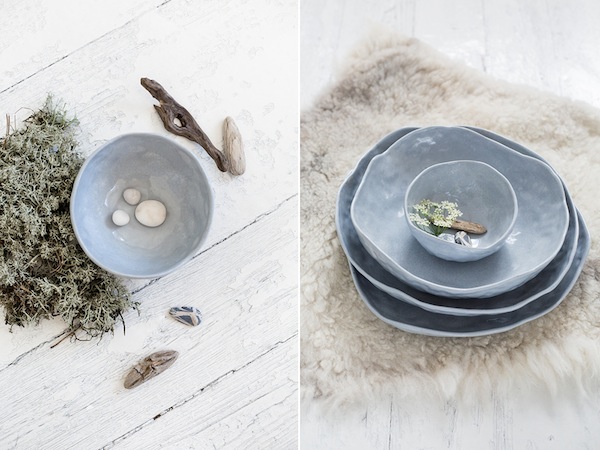
Màtte HOME brand (Image credit: Lina Skukauskė)
Lifestyle photography is much more broad, but it can also overlap with hospitality photography. This type of photography focuses on showing how different people live, and their passions and preferences in life.
My own passion is telling visual stories that inspire people. I love to connect people, to inspire them to try something out—whether that’s a simple walk in a forest or a new product or experience. I believe we all have something unique to share with the world, and I love capturing authentic life in a beautiful and appealing way. All this led me to a type of work where I can use my skills to help others tell their unique story.
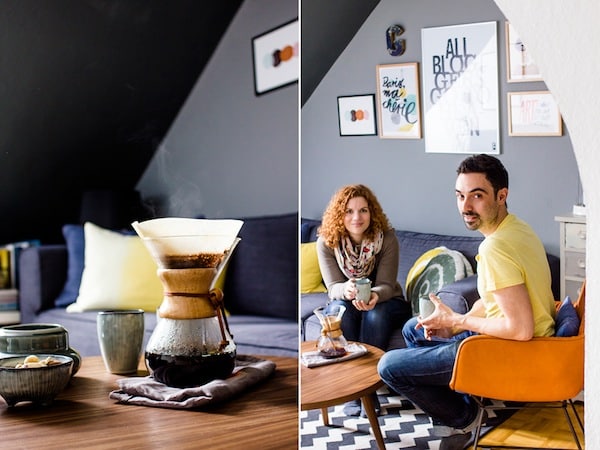
“Llamas’ valley” series with Munich-based blogger Igor Josif (Image credit: Lina Skukauskė)
I tried out a few different fields in photography while I learned what I like and what I don’t like. It has to be a good balance of what you like to do, what you’re good at, and what people want to hire you for. And when you know what you want to do, just create work related to this niche.
People will always hire you to do similar work that they saw in your portfolio. If you’re just starting out, it can be personal work, or you can search for clients and suggest a good deal in exchange for the opportunity to create work in the field you want to break into. Ask for testimonials and keep in touch. If you’re good, it can evolve into more paid work.
Q: Looking through your portfolio on Behance, I see that you also take a lot of photos outdoors. What are some of the unique challenges in shooting outdoors?
I really like shooting outdoors. The type of photos I take outdoors are much more spontaneous because they’re usually taken on small or big trips or at events. This comes with specific challenges. You can’t plan a lot, you can’t take all the gear you want, weather and light can be changing constantly, and places and events just show up right in front of your eyes.
Mountain stories, hiking in Bavaria (Image credit: Lina Skukauskė)
For me it’s the opposite of indoor photography, where I plan and prepare in advance as much as I can and usually have more time to create exactly what I want. But that spontaneity is the beauty of outdoor photography. You never know what you will get out of it, but you go with an open heart and eyes and try to capture the story the way you saw it.
It’s also very good for practicing. I always shoot in manual mode and being in quickly changing light situations and surrounded by changing events requires you to learn to adjust your gear very quickly.
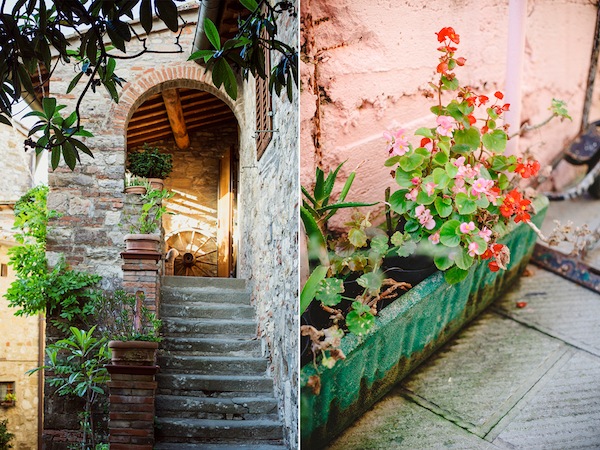
(Image credit: Lina Skukauskė)
Q: You’ve done some great photo shoots for design and lifestyle magazine Llamas Valley. How do you prepare for a home visit photo shoot? ?
It depends. For that magazine I usually had to work really quickly, so there was no time for proper styling or furniture rearrangement. The main focus of that magazine is the interview, and the shots help illustrate the interview, so it’s not so much about the interior design itself.
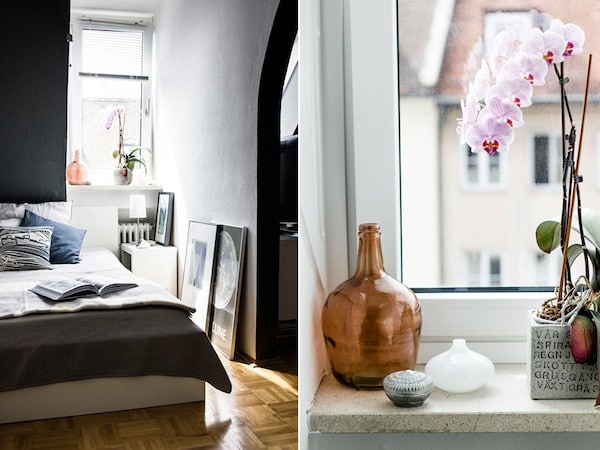
“Llamas’ valley” series with Munich based blogger Igor Josif (Image credit: Lina Skukauskė)
It depends on the client, type of work, and sometimes just time—believe me, you don’t always get the time to do things the way you want. Of course, whenever possible, it’s a good idea to schedule a prior visit to the space to check the light (most of the time I use available light) and to assess the general situation. When working with brands to represent products, you usually have much more planning in advance, from checking the place to choosing props to discussing what they hope to accomplish with the images.
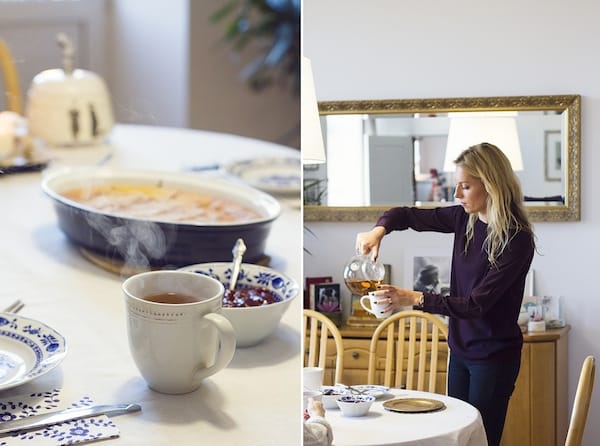
“Llamas’ valley” series with ballet dancer and actor Simona Paciukonytė (Image credit: Lina Skukauskė)
Q: You’ve also done quite a bit of food photography—from raw food desserts to fresh produce and Eastern European sushi. What are some techniques you use when photographing food to communicate its appeal?
Food photography can seem simple if you haven’t tried it, but it can be so tricky! Food tends to melt, wilt, and in general change its appearance really quickly, so there are many challenges involved and it requires lots of planning.
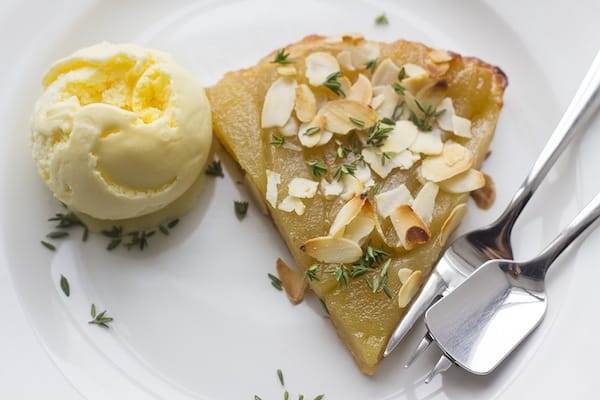
(Image credit: Lina Skukauskė)
Light and props matter a lot in creating the mood and atmosphere in the image. So, usually you decide what the dish will be and what you want to show with it. For example, do you illustrate a recipe or do you show a dish from the restaurant’s menu? Each might require a very different approach. Who will cook it, who will do the styling, what composition will you use? These are some of the other questions you’ll need to answer before starting.
It’s usually much easier working as part of a team, but there are times when I do those things myself. So, my tip would be: have those questions answered and plan accordingly.
Decide on the idea, collect the props, choose the light, and be sure to use the best ingredients for your dish—it really matters and it’s visible in the image, so be picky here. Also, it’s good to first prepare the setting and put something similar in size and shape in place of the food. Then, when you know that you’ve got the composition and you’re ready to shoot, you can replace the “dummy” with your real food. The most important thing here is patience. It might take a lot of trial and error until you’re satisfied with the shot.
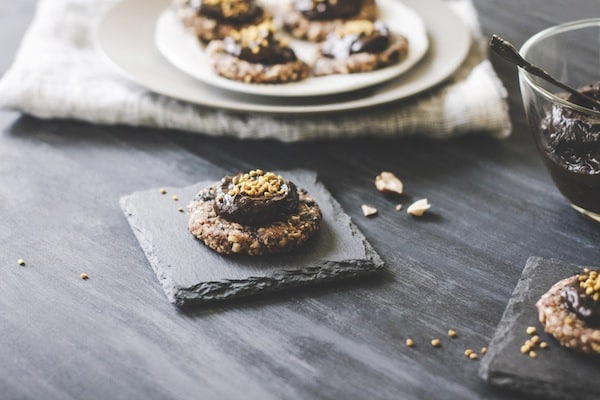
(Image credit: Lina Skukauskė)
Q: When doing a photo shoot for a client, how many photos do you take on average, and how many of those photos make it into the finished product?
It really depends on the project. Sometimes if you shoot for bigger brands you have a list of shots that you need to take, so the final result is clear and you just need to shoot well technically and aesthetically. Other times you’re allowed creative freedom, and this can include lots of experimentation.
I usually shoot A LOT more than I will need in the end to just be on the safe side. Again, it depends on the shoot, but it can be anything from one good and two erased images to one good and 20 erased. If it’s personal work, I might decide that I don’t like the idea at all.
All chosen images undergo digital editing in Lightroom: contrast, colors, light, etc. I enjoy this part of my work a lot. Bigger brands/agencies usually have their own employees who can do the more difficult editing if that is necessary.
Q: Do you have a personal favorite photo you’ve taken? If it’s too hard to narrow down, how about a favorite series of photos or a favorite photo shoot?
As I said, I love telling visual stories and usually I shoot and think in a series: What will the impression be after seeing those images together, what will I inspire people to do?
I don’t know if I have a favorite series, maybe this one? These images are from two trips with two people who are very dear to me, so I always have good memories when I see them. And I simply think France is a really beautiful place.
Regarding the favorite photo, probably this one (pictured below). I really like how surreal it turned out because of those clouds in the background, despite the quite mundane object.
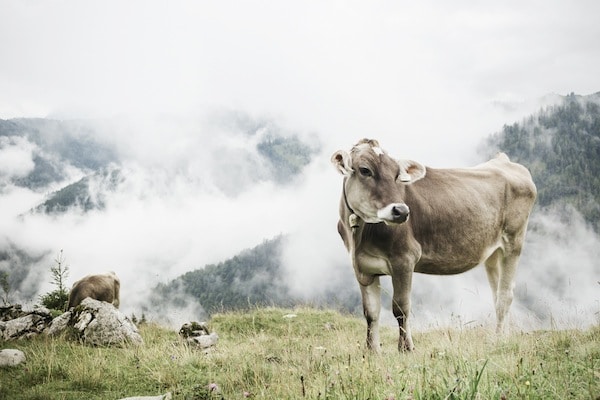
Mountain stories, hiking in Bavaria (Image credit: Lina Skukauskė)
Q: If you could give one piece of advice to aspiring artists, what would it be?
If you are passionate about something, don’t overthink it—just start. Make it your priority to learn everything you can about this topic and practice, practice, practice. If you really want something, you will manage to reach your goal, even if at this moment you don’t know how.
And don’t beat yourself up for not achieving the quality of work that you want when you’re just starting out. It usually never happens overnight, so just focus and enjoy the journey.
For more about Lina and her work, check out the following links:
https://www.behance.net/linaskukauske
http://www.pinterest.com/linaskukauske

Sessions Staff is a restless soul who loves to share relevant news and design industry information with current and prospective students. Read more articles by Sessions Staff.
ENROLL IN AN ONLINE PROGRAM AT SESSIONS COLLEGE:

